

WEBINT is a component of OSINT that works best in case you want to scan the Internet in order to find a piece of data. This method involves the collection, analysis, and interpretation of data available online. If you think that this approach would benefit your research process, learn all the pros, cons and pitfalls of WEBINT in this review.
The Qualities of Web Intelligence
Web Intelligence is focused on gathering information from various online sources and web-based platforms. For example, it involves methods like web scraping, data mining, social media monitoring, website analysis and other approaches wired to extract needed information from sites, forums, social media platforms, online databases and other publicly accessible online sources. Compared to OSINT, which is used to go through both online and offline resources, WEBINT should be used if you want to narrow down your focus to just clues available on the Internet.
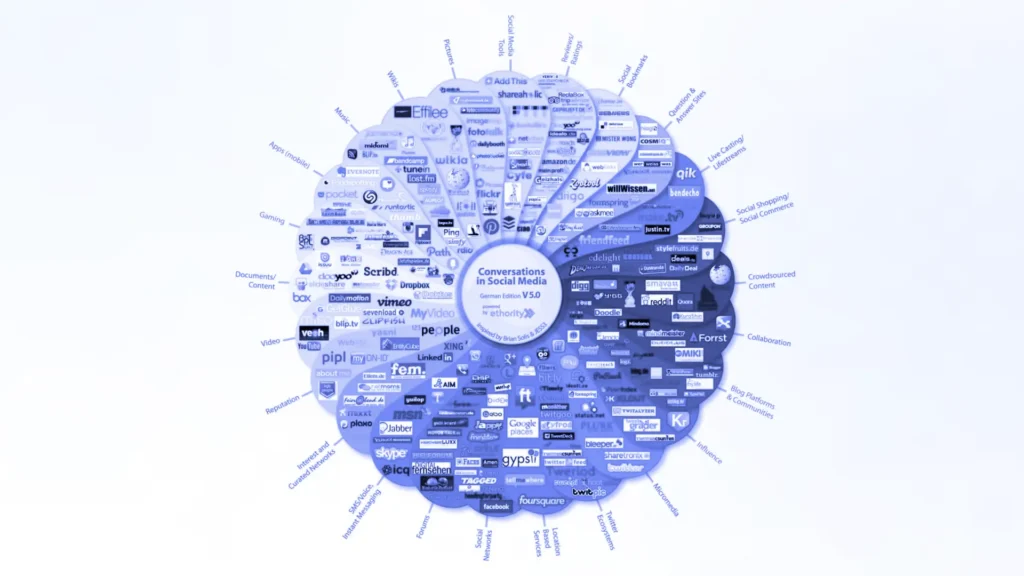
Why You May Use Only WEBINT?
The decision to choose WEBINT as an exclusive research method can come from different reasons:
- Get Up-To-Date Insights. WEBINT provides access to real-time information, allowing researchers to stay updated on current events, trends, and developments as they unfold.
- Research Anonymously. This method allows OSINT experts to gather information anonymously without directly engaging with sources. This is why relying solely on WEBINT can be suitable for sensitive or covert investigations.
- Automate the Search Process. With the help of web scraping tools, data mining algorithms and automation techniques, WEBINT can be scaled up to handle large volumes of data, which is a good way to save time and effort for researchers.
- Save the Budget. Compared to traditional research methods such as surveys or interviews, WEBINT can be more cost-effective as it often involves using freely available online resources. Hence, it makes sense to invest only in WEBINT tools if your funds are tight.
- Analyze User-Generated Content. WEBINT enables researchers to interpret content created by users such as reviews, comments and discussions on platforms like Reddit to gain insights into public opinion, sentiment, and new trends. Moreover, you can exploit this type of data to disclose true motives or beliefs of the person when conducting an investugation on them.
What Is It Used for?
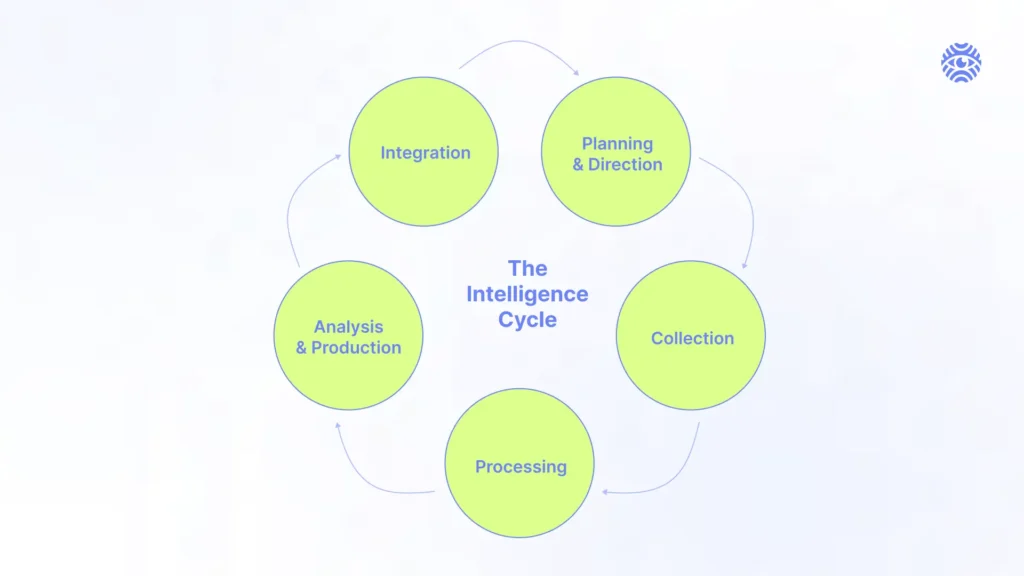
The utilization of the WEBINT tools and methods can vastly vary based on what task you have and what industry you work in. Here are some of the most popular cases when Web Intelligence comes in handy for OSINT researchers:
- Collect Intelligence. OSINT agencies utilize WEBINT for gathering information on potential threats. Think about such needs as monitoring terrorist activities, tracking extremist groups and analyzing geopolitical trends that challenge government and law enforcement. WEBINT aids in national security efforts as it gives timely and relevant intelligence.
- Enhance Cybersecurity. WEBINT is crucial for monitoring online threats, such as phishing attacks, malware distribution and data breaches. SOC teams can detect and mitigate cyber threats to protect their systems and data by analyzing insights from various online sources with WEBINT tools.
- Manage the Brand’s Reputation. Companies and individuals employ WEBINT to monitor their online reputation, track mentions, reviews and social media reactions. It helps in maintaining positive brand perception, addressing customer concerns and minimizing reputation damage. That’s how you can stay aware of the brand’s public standing and address concerns if there are market risks.
- Study Your Customers. Companies use WEBINT to gather insights into consumer behavior, market trends, competitor strategies and product feedback. You can use this information for marketing strategies, launching new products and staying competitive in your industry.
Who Should Use WEBINT?
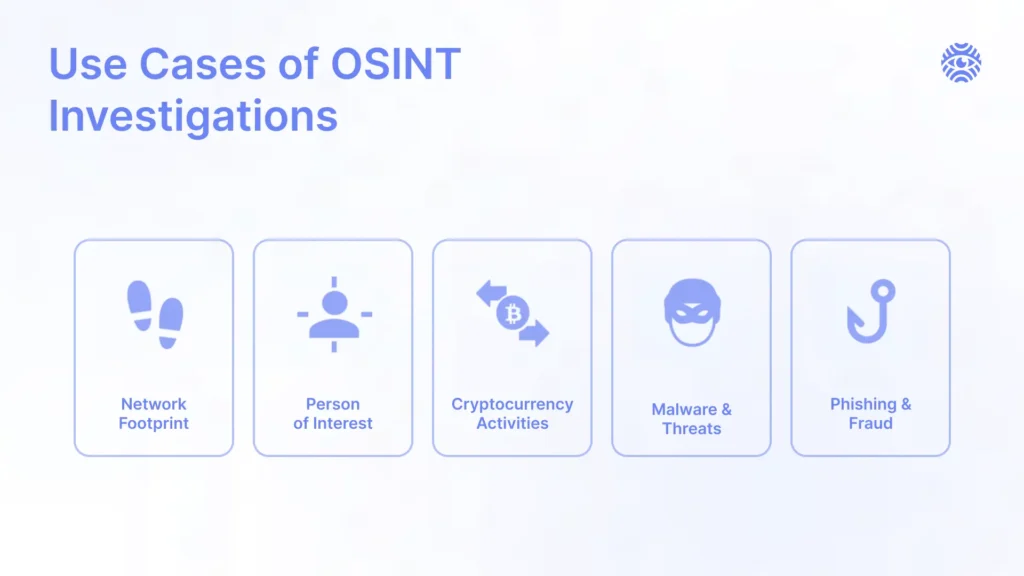
Web Intelligence tools can cover the professional and personal needs of people with various incentives and motivations. WEBINT can be a must if you are in one of these fields or scenarios:
- HR Professionals. These pros utilize WEBINT for talent recruitment, employer branding, and employee engagement. HRs can gather information about potential candidates, assess their online presence and identify suitable people for their vacancies based on their digital footprint.
- Marketing Teams. WEBINT can help marketers understand consumer sentiment, trends and preferences by analyzing online discussions, social media interactions, and other evidence of the digital footprint. That’s how you can measure public response without investing in focus groups, surveys and other standard research methods. Moreover, marketing pros will be able to get organic and authentic reactions related to the company’s decisions.
- Law Enforcement Agencies. Web Intelligence tools can aid in investigating cybercrimes, tracking criminals and gathering evidence from online sources about digital threats. WEBINT allows law enforcement agencies to monitor suspects’ online activities, track their movements, and gather real-time intelligence to prevent crimes and apprehend culprits.
- Journalists and Media Outlets. Reporters often employ WEBINT to gather information, verify sources, and uncover stories by analyzing social media posts. That’s how media teams stay on top of the latest news and can transmit it first to their audiences.
- Mid-Level and Big Businesses. WEBINT can assist in identifying potential business partners, investors, and opportunities by scanning their online presence. Such primary research can help businesses avoid risky endeavors and unreliable relations with controversial stakeholders. Hence, companies can maintain their positive reputation and avert financial losses.
- Academic Researchers. WEBINT is convenient for collecting data and measuring trends in various fields such as sociology, psychology or political science. WEBINT tools allow researchers to gather both quantitative data, such as statistics and qualitative data, such as user-generated comments. This variety comes in handy to gather a diverse and comprehensive evidence base with a minimal budget.
What are the Advantages of WEBINT?
Web Intelligence methods work effectively for different industries and circumstances due to the innate traits of this open source intelligence approach. Here are some positive qualities that make WEBINT a top-notch branch of OSINT:
- Cost-Effective. Compared to traditional research methods, WEBINT can be much cheaper, as it often involves utilizing freely available online resources. This makes it accessible to a wide range of users, including researchers, businesses and law enforcement agencies. Hence, both experts and amateurs can delve into WEBINT without a big financial investment.
- Fluid. WEBINT tools have diverse applications across multiple domains, including business intelligence, marketing, cybersecurity, academic research, and more. This versatility makes WEBINT a valuable tool for addressing a wide range of challenges and objectives.
- High Situation Awareness. Since the Internet is changing every second, WEBINT tools allow one to make sure that your company knows about all game-changing news of the market. This helps users anticipate risks, opportunities, and emerging trends in real time.
- Diversity. If you choose WEBINT as a framework for your investigation, you will not be limited by one search channel. You can benefit from collecting personal data, location-based intelligence, photos, archive notes, social media logs and more.
Implement the WEBINT System
Want to include WEBINT as part of your cybersecurity barrier? Instruct your SOC team how to collect Web Intelligence with these WEBINT tools easily, even if they have not delved into OSINT before.
Popular WEBINT Platforms
Check out these Web Intelligence tools that allow collecting information without in-depth OSINT knowledge.
X-Ray Contact for WEBINT
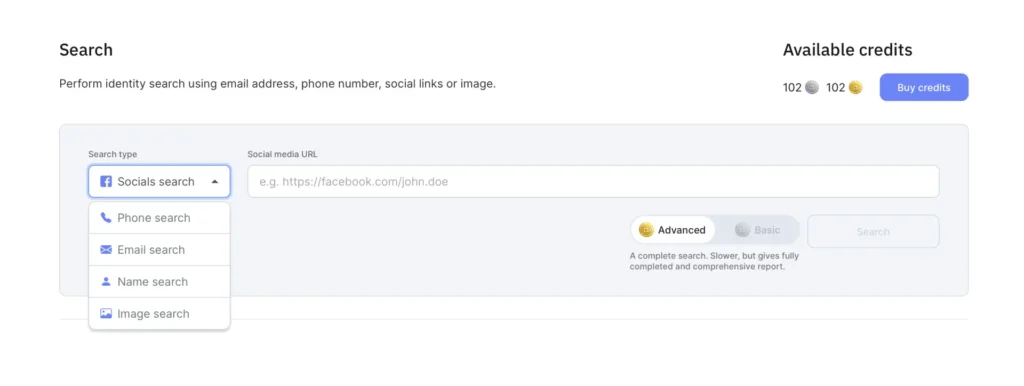
Consider X-Ray Contact your go-to WEBINT tool if you have a task to get a person of interest profile based on the data available on the Internet. This service uses information from providers to compare it with clues you’ve put in, such as Name, Phone, Image, Email Address or Socials. If the network detects a match, you will receive a full-fledged Profile with all the information we have on the person, including personal details.
In case you have to process large volumes of data, consider automating and accelerating the validation of information with the X-Ray Contact API. You can easily merge this tool with your existing online instruments in order to go through numerous user profiles with minimum effort.
If you are interested in getting a custom-tuned API, follow this instruction and negotiate with our X-Ray Contact support team.
Just contact us through email at support @ x-ray.contact, and we will write you back to wire up your specially tailored API. X-Ray Contact adjusts API settings according to your needs so you can smoothly integrate it with your other software programs.
Hootsuite for Web Intelligence
It’s a social media management platform that allows users to monitor, schedule and analyze content across multiple platforms. Hootsuite provides features for tracking keywords, hashtags, and mentions. That’s why the tool is useful for ongoing social media OSINT monitoring and WEBINT analysis to enhance the person of interest profile.
WEBINT for GEOINT
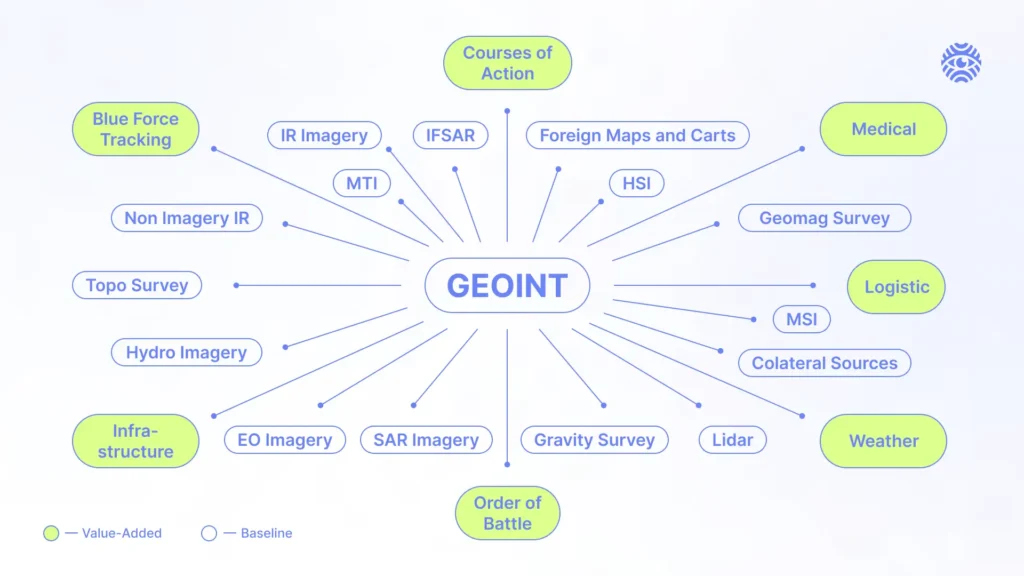
Since the WEBINT framework encapsulates all types of searches you can do on the Internet, it can be useful to combine the perks of WEBINT with GEOINT. This approach is essential in case you want to find a specific location or disclose where a person is.
GEOINT’s main purpose is to identify a certain place based on different input data. This method includes data from satellites, images, geographic information systems, GPS and other technology.
WEBINT can provide valuable context and additional information to GEOINT analysis, such as social media posts or news articles related to a specific geographic location. Try out these tools that bring together the qualities of both WEBINT and GEOINT:
- Huntel.io. It allows the users to learn more about the location derived from the social media geotags on Instagram and Facebook.
- BirdHunt. This instrument is useful in a scenario when you know the approximate location but want to find insights or people connected to it online. The tool enables you to get reports on all recent Twitter posts written by people within a certain location radius.
- WikiNearby. If your task is to study a specific location, WikiNearby can be a useful instrument to make this process easier. This tool serves as an archive of Wikipedia articles on different locations, so you just need to type in the coordinates in order to learn more about a certain street, landmark, locality etc.
Pros and Cons of WEBINT
However, be aware that, like any other OSINT approach, WEBINT has both its merits and drawbacks. We have singled out the main qualities and risks you should be aware of before investing in Web Intelligence tools.
Pros
- Global Coverage. Online intelligence OSINT provides access to information from around the world without big budget spending.
- Versatility. You can use Web Intelligence data for different purposes within the organization, from cybersecurity to marketing.
- Remote Use. The company doesn’t need to do any location-specific research on the ground since OSINT methods allow the team to complete the task online.
- Low Cost and Minimal Financial Risk. You don’t have to rewire all your systems in order to try out the Web Intelligence framework. The businesses use services of the outside OSINT agencies and can stop partnerships whenever they want to save money in case the investigation has been ineffective.
Cons
- Accuracy and Reliability. WEBINT analysts must carefully evaluate the credibility of sources and verify information to ensure that there have been no errors.
- Data Overload. The sheer volume of data available on the Internet can be overwhelming, which makes it difficult to filter through and extract relevant information.
- Bias and Manipulation. Users often spread misinformation online. That’s why it’s crucial for WEBINT analysts to critically evaluate sources and cross-reference their findings.
- Privacy Concerns. There may be ethical considerations surrounding the collection and use of personal data. That’s why Web Intelligence OSINT specialists should stick only to collecting publicly available data through legally allowed means.
Conclusion
After reading this article you now have a grasp on what is Web Intelligence OSINT and how it can boost different aspects of your business. The next step is to test WEBINT in practice to see whether it will actually benefit your organizational processes.


